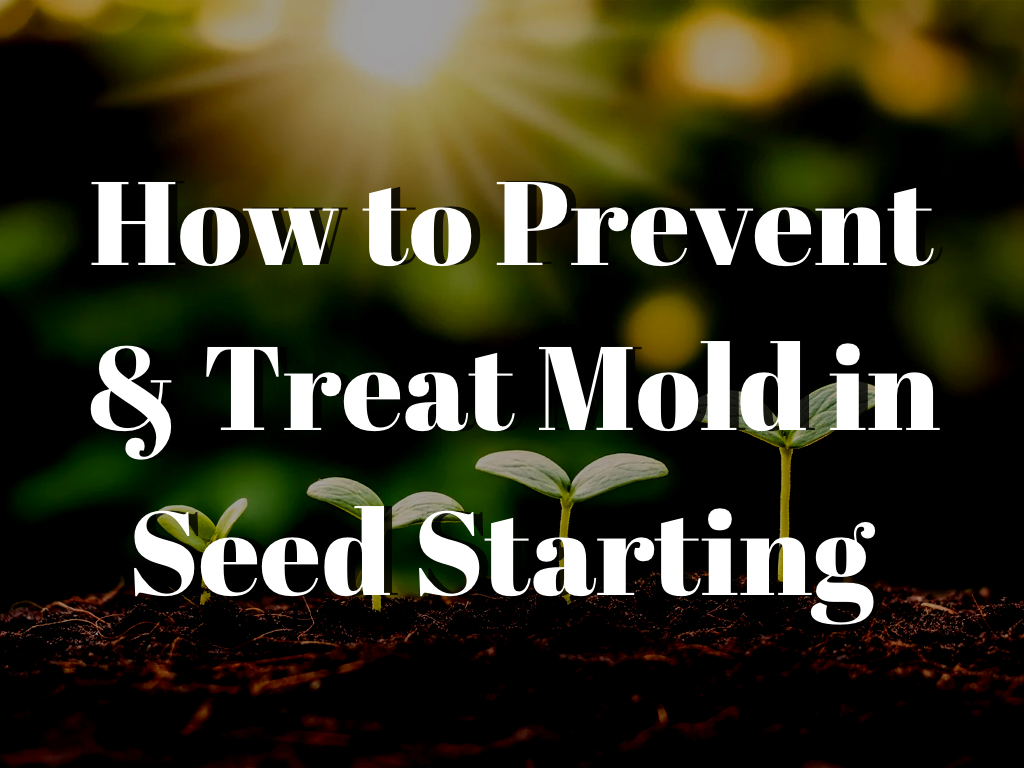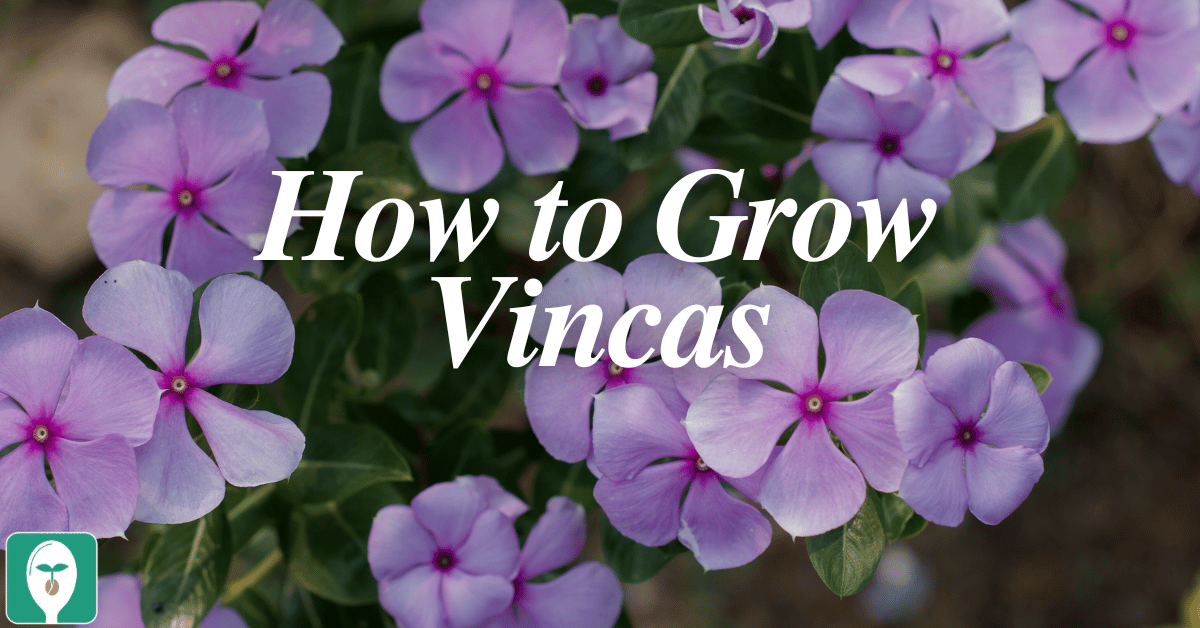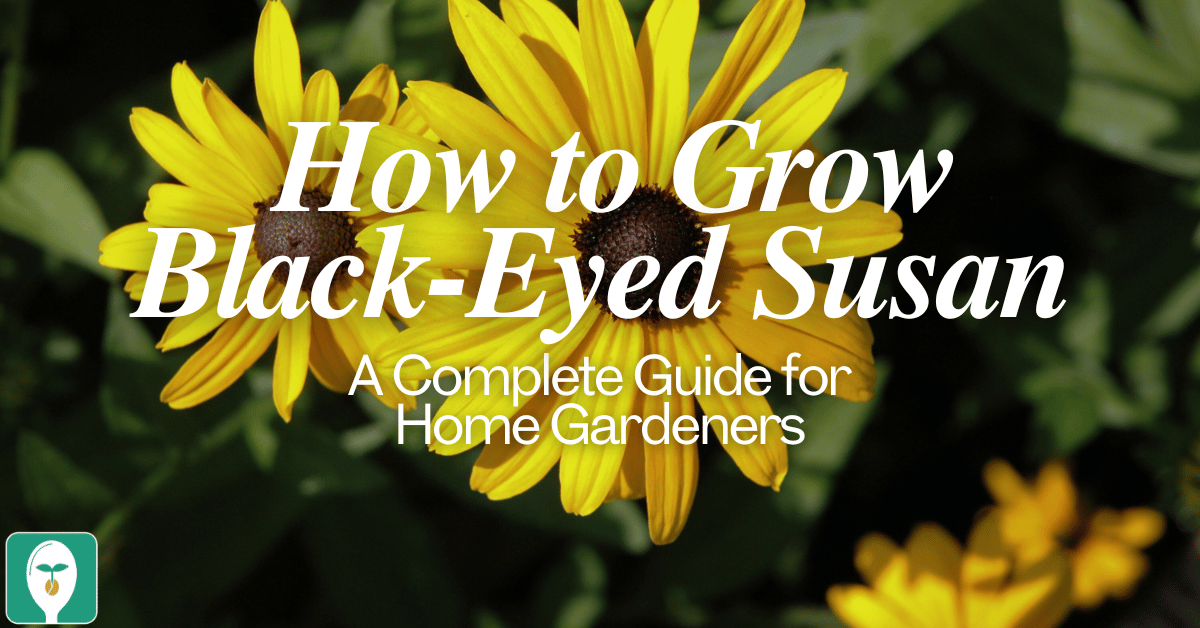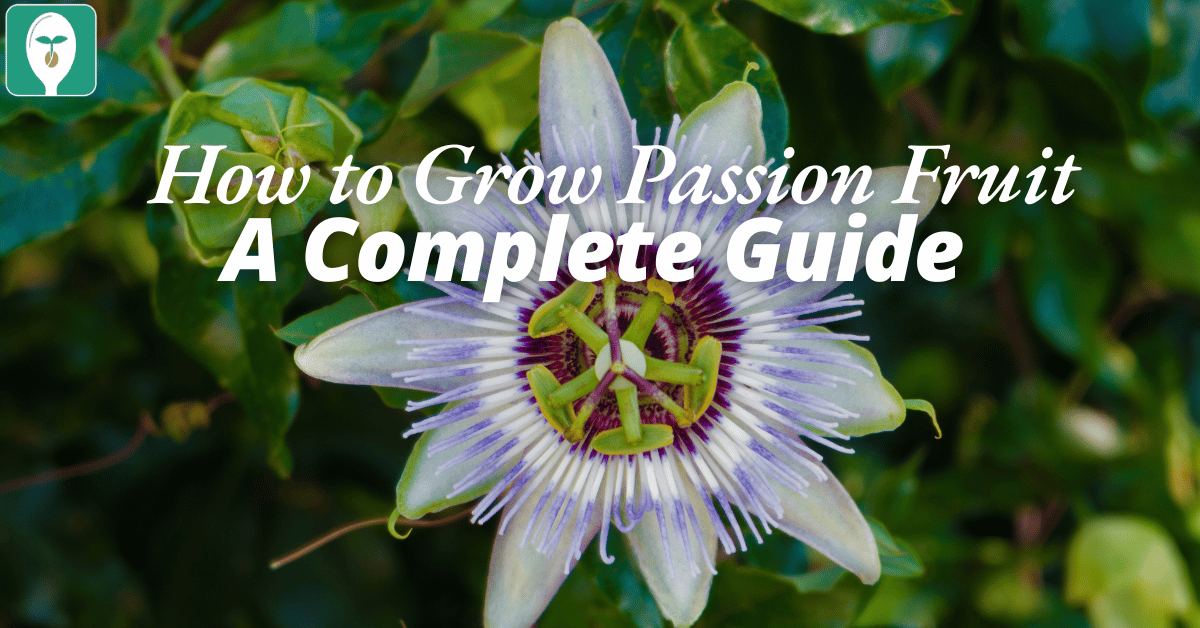Starting your own seeds can be a fun and rewarding experience, but mold issues can quickly become a problem if not addressed properly. Mold can attack your seedlings and cause them to wilt and eventually die, so it’s important to take steps to prevent this from happening. Here are a few tips to help you prevent and treat mold issues in your seed starting process.
Prevention:
- Cleanliness is key! Before starting your seeds, make sure all your equipment and trays are thoroughly cleaned. Soaking them in bleach water before the season can be a great way to make sure they are nice and clean.
- Air circulation is important. Once your seedlings sprout, remove any domes that you have on your tray to allow for plenty of air circulation. A simple tabletop or box fan next to them can also help to prevent mold.
- Watering from below can help reduce humidity levels, which can promote mold growth.
Treatment:
- If you do notice mold, don’t panic! You can still help it. Gently scrape off as much of the mold as you can without disturbing the roots, using a toothpick or similar tool. Then, let the tops dry out as much as possible.
- Another option is to make a spray using water and hydrogen peroxide, or using cinnamon powder, to help kill the mold and prevent it from spreading.
By following these tips and taking the proper precautions, you can help prevent mold issues from affecting your seed starting success!

Carrie Spoonemore, co-founder of “From Seed to Spoon,” stands as a beacon of inspiration for gardeners and health enthusiasts alike. Her journey alongside her husband, Dale Spoonemore, in creating a platform that demystifies gardening and promotes a healthier lifestyle, has made a significant impact on individuals around the globe. Through the “From Seed to Spoon” app, Carrie has dedicated herself to empowering people to take control of their health and environment by growing their own food.
With a profound belief in the power of gardening to improve mental and physical health, Carrie’s contributions to the Seed to Spoon blog reflect her holistic approach to wellness. Her articles often focus on the nutritional benefits of homegrown fruits and vegetables, organic gardening practices, and the mental health benefits of spending time in nature. Carrie’s expertise in health science shines through in her detailed discussions on how specific plants can contribute to a balanced diet and overall well-being.
Carrie’s passion for gardening is deeply intertwined with her commitment to family and community wellness. She frequently shares personal stories of how gardening has brought her family closer together, offering practical tips for involving children in gardening activities and making it a fun, educational experience. Her writing encourages families to explore gardening as a means of spending quality time together while learning about nature and sustainability.
In addition to gardening advice, Carrie’s contributions to the blog include insights into the use of technology to enhance the gardening experience. She has played a crucial role in designing the “From Seed to Spoon” app to be user-friendly, ensuring that users of all ages and backgrounds can navigate the complexities of gardening with ease. Her vision for the app is not just as a gardening tool but as a vehicle for change, inspiring individuals to adopt a more sustainable lifestyle by growing their own food.
Carrie Spoonemore’s presence on the blog is marked by her compassionate approach to teaching and her unwavering belief in the transformative power of gardening. Her work continues to inspire a community of gardeners to pursue a healthier, more sustainable way of living, proving that with the right tools and knowledge, anyone can become a gardener and advocate for their health and the planet.







2 thoughts on “How to Prevent and Treat Mold Issues in Seed Starting”
Thank you for sharing the link on how to prevent and treat mold issues in seed starting. Mold can be a common problem when starting seeds indoors, but with proper prevention and treatment, you can ensure healthy and successful seedlings. Here are some additional insights and tips on dealing with mold issues in seed starting:
Sterilize containers and soil: Before starting your seeds, make sure to sterilize the containers, trays, and soil mix. This helps eliminate any potential mold spores or pathogens that could cause problems later. You can sterilize containers and trays by washing them with a diluted bleach solution or using a commercial disinfectant. Also, consider using a sterile seed starting mix or pasteurizing your own soil mix to reduce the risk of mold contamination.
Proper drainage and air circulation: Good drainage and air circulation are crucial in preventing mold growth. Ensure that your seed containers have drainage holes and use well-draining soil to avoid excess moisture. Place a tray under the containers to catch any excess water and empty it promptly. Additionally, provide adequate air circulation by using a small fan or opening windows for a short period each day, if possible.
Watering techniques: Overwatering is a common cause of mold growth in seedlings. Water your seeds and seedlings carefully, avoiding excessive moisture that can lead to fungal growth. Use a spray bottle or a gentle watering can with a fine nozzle to provide a light misting or bottom watering method. This helps keep the soil moist but not overly saturated.
Maintain proper humidity levels: Mold thrives in humid environments, so it’s important to maintain proper humidity levels during seed germination and early growth. Consider using a hygrometer to monitor humidity levels in your seed starting area. If the humidity is consistently high, use a dehumidifier or improve ventilation to reduce moisture in the air.
Remove mold immediately: If you spot any signs of mold growth on the soil surface or seedlings, it’s important to address it promptly. Carefully remove any affected seedlings, ensuring not to disturb the surrounding soil. Dispose of them properly to prevent the spread of mold spores. If the mold is limited to the soil surface, gently scrape it off without disturbing the seeds or seedlings.
Natural remedies: If you prefer a natural approach, you can try using organic antifungal treatments like cinnamon powder or chamomile tea. These natural remedies may help inhibit mold growth without harming your seedlings. However, it’s important to note that prevention and proper cultural practices are key to minimizing mold issues.
Remember, mold prevention is easier than mold treatment. By following these preventive measures and maintaining a clean and well-ventilated seed starting area, you can significantly reduce the risk of mold growth and promote healthy seedlings.
I recently had the opportunity to read your article titled “How to Prevent and Treat Mold Issues in Seed Starting” on the Seed to Spoon website, and I wanted to express my appreciation for the valuable information you provided. As an avid gardener who frequently starts seeds at home, I found your article to be insightful and helpful in addressing the common issue of mold in seed starting.
The article begins by highlighting the importance of understanding the causes and consequences of mold growth during seed starting. By explaining the factors that contribute to mold development, such as excess moisture and poor air circulation, you’ve given readers a solid foundation for prevention and treatment strategies.
I particularly liked how you emphasized the significance of maintaining a clean and sterile environment for seed starting. Your practical tips on using clean containers, sterile soil, and proper sanitation techniques will undoubtedly assist gardeners in minimizing the risk of mold contamination. Additionally, your recommendation to provide adequate air circulation and avoid overwatering is valuable advice for preventing mold growth.
The section on organic treatment options for mold issues was informative and well-researched. It’s clear that you put considerable effort into providing a range of natural solutions, such as cinnamon powder, hydrogen peroxide, and chamomile tea. These alternatives to chemical treatments offer gardeners a safer and more environmentally friendly approach to managing mold.
One suggestion I have is to include more visuals in your article. Adding images or diagrams of the mold varieties discussed and the recommended preventive measures would enhance the reader’s understanding and make the content more engaging.
Additionally, it would be helpful to provide some guidance on identifying different types of mold and understanding their potential impact on seedlings. This information would help readers differentiate between harmless mold and potentially harmful varieties, allowing them to respond accordingly.
Overall, your article effectively addresses a common challenge encountered by seed starters, and the provided strategies and treatments offer practical solutions. Thank you for sharing your expertise and contributing to the gardening community’s knowledge base. I look forward to reading more insightful content from Seed to Spoon in the future.